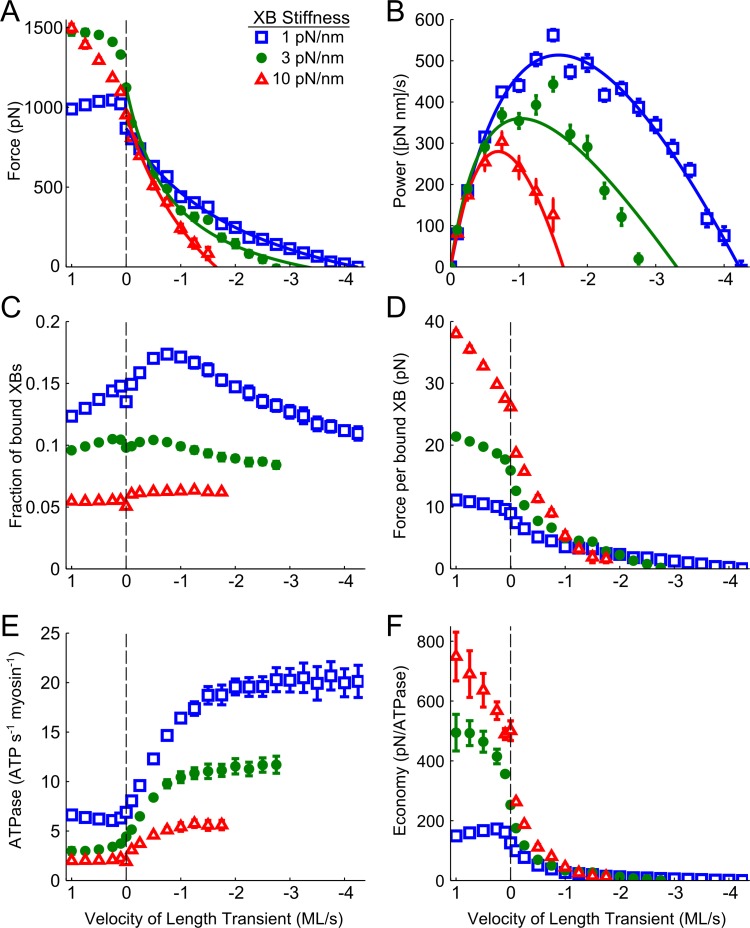Fig 4. Velocity-dependent measurements as a function of XB stiffness.
A) Decreased XB stiffness resulted in the maintenance of more force during sarcomere shortening and a faster unloaded shortening velocity, while the converse occurred with increased stiffness. B) Decreased XB stiffness resulted in greater power generation, with the peak power shifted towards a faster shortening velocity. C) Decreased XB stiffness resulted in a greater fraction of bound XBs, particularly during slow shortening transients. D) Decreased XB stiffness resulted in less force per bound XB, though force was maintained at faster velocities in sarcomeres with more stiff XBs. E) Decreasing XB stiffness significantly increased the total ATPase activity during isometric and non-isometric contractions. F) Decreasing XB stiffness lowered the economy of force production during both lengthening and shortening transients compared to sarcomeres with greater XB stiffness (up to their respective unloaded shortening velocities).

